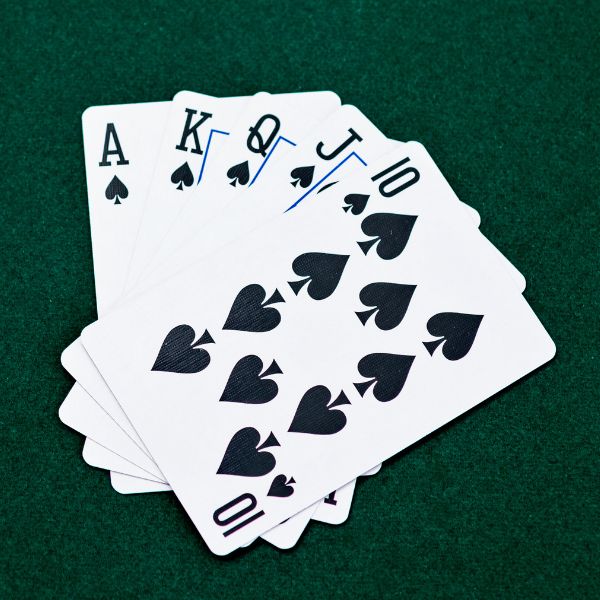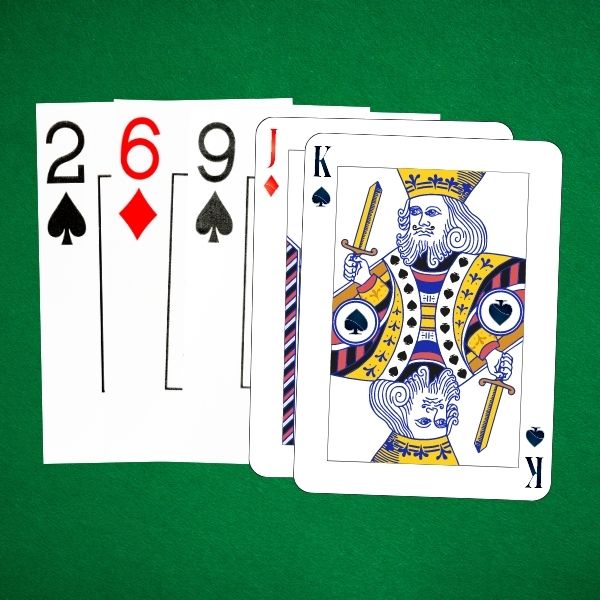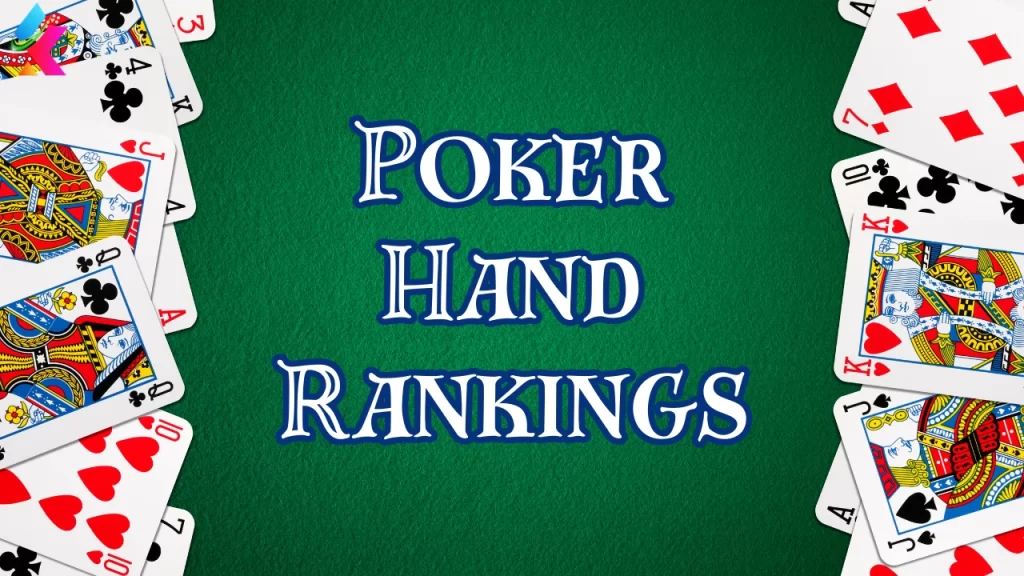In the world of card games, poker is undoubtedly one of the most popular and enduring options. With its intriguing blend of skill, strategy, and luck, poker has captured the hearts of players worldwide. One fundamental aspect of poker that players need to grasp is the concept of a poker sequence. Here, we will delve into the depths of poker sequences, exploring their significance, various types, and strategies to enhance your gameplay.
What is a Poker Sequence?
In poker, a sequence refers to a consecutive order of cards. A sequence can consist of either consecutive numbers, known as straight, or consecutive suits, referred to as a flush. These sequences play a crucial role in determining the strength of a player’s hand and the likelihood of winning the pot.
Fantasy Khiladi is an exceptional platform that enables you to play Ludo with your friends and family while having the opportunity to win real money. Doesn’t that sound exciting? Waste no time and download the Fantasy Khiladi Ludo app right away!
Significance of Poker Sequences
Poker sequences hold immense importance in the game as they contribute to the formation of valuable hands. The stronger the sequence, the higher the probability of holding a winning hand. Mastering the understanding of poker sequences enables players to make informed decisions during gameplay, leading to better outcomes.
Different Types of Poker Sequences
Royal Flush

The Royal Flush is the ultimate poker hand, synonymous with grandeur and triumph. Comprising the Ace, King, Queen, Jack, and Ten of the same suit, the Royal Flush is unbeatable and stands at the pinnacle of hand rankings. Whether it is the royal flush of spades, hearts, diamonds, or clubs, this hand guarantees victory if held by a player. The rarity of this hand contributes to its allure, making it a highly sought-after and celebrated achievement in the game of poker.
Have a look also – Online Poker Earning Apps Without Investment
Four of a Kind

The Four of a Kind, also known as quads, is a hand that exudes power and dominance. This hand consists of four cards of the same rank, accompanied by a fifth unrelated card, also known as the “kicker.” For example, having four Kings and a Queen as the kicker would form a formidable Four of a Kind. This hand ranks just below the Royal Flush and is exceptionally strong, capable of trumping most other hands. It is a thrilling sight to witness Four of a Kind unfold during a poker game, as it often leads to intense betting and strategic maneuvering.
Full House

The Full House is a hand that strikes a harmonious balance between strength and versatility. This hand comprises three cards of the same rank, along with a pair of cards of another rank. For instance, having three Jacks and two Sixes would form a Full House. The three-of-a-kind component of this hand provides robustness, while the pair adds additional value. Full Houses are highly regarded in poker due to their ability to defeat most other hands, except for Four of a Kind and the illustrious Royal Flush.
Don’t Miss – Best Win Money Games APK for Android
Straight Flush

A straight flush is the most coveted poker sequence. It consists of five consecutive cards of the same suit. For example, 4, 5, 6, 7, 8 of hearts would form a straight flush. The highest possible straight flush is the royal flush, which comprises the 10, Jack, Queen, King, and Ace of a single suit.
Straight

A straight is a sequence of five cards in consecutive order, regardless of their suit. For instance, a hand with 5, 6, 7, 8, 9 of mixed suits would constitute a straight. In a straight, the Ace can function as both the highest card (e.g., Ace, King, Queen, Jack, 10) and the lowest card (e.g., 5, 4, 3, 2, Ace).
Flush

A flush is a sequence of five cards of the same suit, irrespective of their numerical order. If you hold 2, 6, 9, Jack, and King of spades, it forms a flush. In the case of multiple players having a flush, the one with the highest-ranking card wins.
[download_second]
Strategies for Maximizing Poker Sequences
Starting Hand Selection
To increase your chances of forming strong sequences, it is crucial to make wise decisions during the initial stages of a hand. Focus on starting hands that have the potential to connect well with the community cards and form powerful sequences.
Calculating Pot Odds
Understanding pot odds allows you to assess the potential profitability of a hand. By comparing the current size of the pot to the cost of your contemplated bet, you can make informed decisions about whether to pursue a sequence or fold.
Reading Opponents’ Hands
Observing your opponents’ betting patterns, body language, and reactions can provide valuable insights into the strength of their hands. This information helps you make strategic decisions regarding when to pursue a sequence aggressively or when to fold.
Bluffing with Poker Sequences
Strategic bluffing can be a powerful tool when executed effectively. By representing a strong sequence through your betting and body language, you can deceive your opponents into folding stronger hands, allowing you to win the pot even with a weaker sequence.
Advanced Concepts in Poker Sequences
Open-Ended and Gutshot Straight Draws
An open-ended straight draw refers to having four consecutive cards with two possible cards that can complete the sequence. A gutshot straight draw, on the other hand, occurs when you have four consecutive cards with only one possible card to complete the sequence. Understanding these drawing scenarios enhances your decision-making abilities in pursuit of completing a sequence.
Playing Connectors and Suited Cards
Connectors and suited cards have the potential to form strong sequences and are often worth playing. Connectors are consecutive cards that can form a straight, such as 7 and 8, while suited cards share the same suit, increasing the possibility of a flush.
Positional Advantage
Positional advantage refers to acting later in a betting round, giving you more information about your opponents’ actions before you make your decision. This advantage allows you to assess the strength of their hands and make more informed choices regarding pursuing or abandoning a sequence.
Common Mistakes to Avoid
Overvaluing Weak Sequences
One common mistake among poker players is overestimating the strength of weak sequences. It is crucial to assess the overall context of the game, the actions of opponents, and the potential value of the sequence before investing too heavily in a weak hand.
Ignoring Pot Odds
Failing to consider pot odds can lead to poor decision-making. Always assess the potential returns and weigh them against the costs before deciding to chase a sequence.
Failing to Observe Opponents
Observing your opponents’ behavior and betting patterns provides valuable information about the strength of their hands. Ignoring these cues can lead to misjudgments and suboptimal play.
Neglecting Bankroll Management
Proper bankroll management is essential in poker. Neglecting to manage your bankroll can lead to financial difficulties and impulsive decisions. Set limits and adhere to responsible bankroll management practices.
Understanding poker sequences is a vital aspect of becoming a skilled poker player. Whether it’s forming a straight flush or strategically playing connectors, the ability to navigate and leverage sequences significantly influences your success at the poker table. By employing the strategies discussed and avoiding common pitfalls, you can enhance your gameplay and increase your chances of coming out on top.
FAQs
How important are poker sequences in winning a hand?
Poker sequences play a significant role in determining the strength of your hand and the likelihood of winning. Strong sequences increase your chances of forming valuable hands, giving you an edge over your opponents.
Can an Ace be both the highest and lowest card in a straight?
Yes, in a straight, the Ace can function as both the highest card (e.g., Ace, King, Queen, Jack, 10) and the lowest card (e.g., 5, 4, 3, 2, Ace).
How can I improve my starting hand selection in poker?
To improve your starting hand selection, focus on hands that have the potential to connect well with the community cards and form strong sequences. Consider the value of connectors and suited cards.
Is bluffing an effective strategy in poker?
When executed effectively, bluffing can be a powerful strategy in poker. By representing a strong sequence, you can deceive your opponents into folding stronger hands, allowing you to win the pot even with a weaker sequence.
Why is bankroll management important in poker?
Bankroll management is crucial in poker to ensure responsible gambling and financial stability. It helps you set limits, avoid impulsive decisions, and protect your overall financial well-being.







